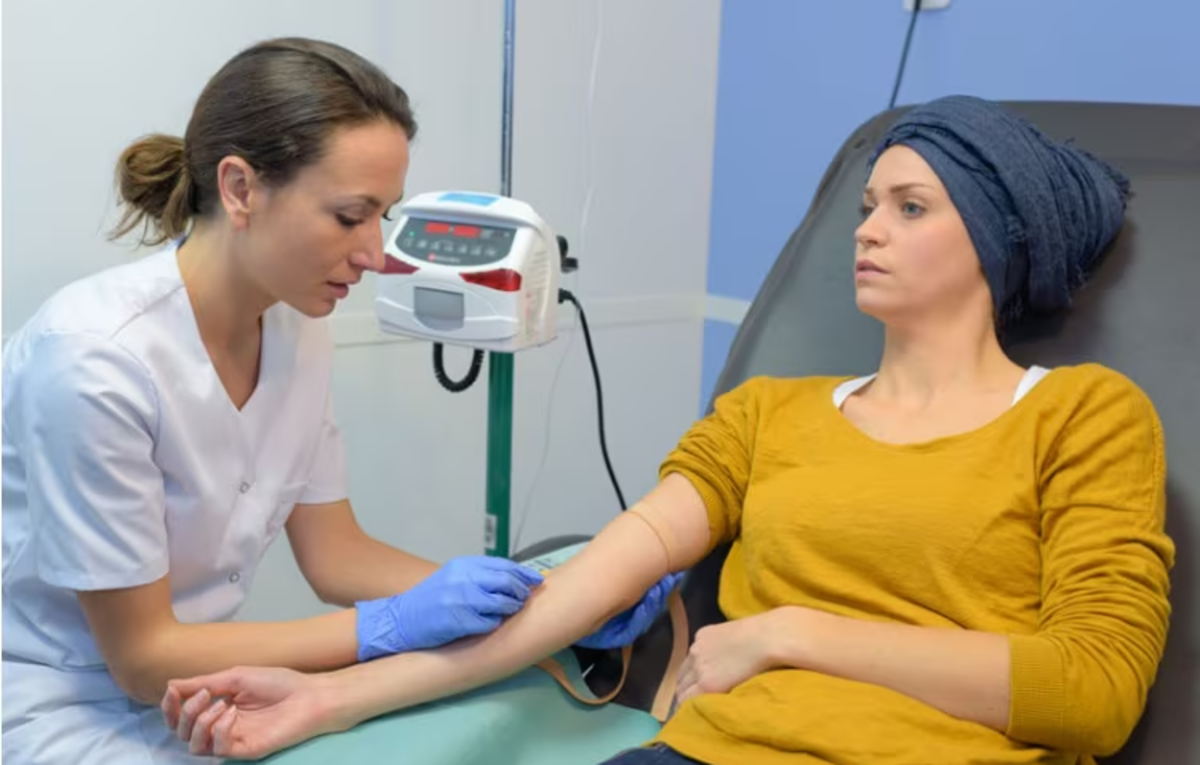Zurich: The likelihood that treatment will be successful for cancer increases with early detection. Almost every kind of cancer is covered by this. Evaluating the advantages and disadvantages of each type of therapy on an individual basis and keeping a regular eye on treatment outcomes are also essential components of effective patient care.
Oncologists have various techniques at their disposal to accomplish this, including the use of imaging equipment and invasive procedures including punctures, tissue samples, and endoscopic procedures.
An improved technique, a kind of liquid biopsy that examines blood samples rather than organs or tissues, has recently been further developed by researchers at the University of Zurich (UZH) and the University Hospital Zurich (USZ).
The method sequences and analyses DNA fragments circulating in the blood of patients. “Our method can be used in the future for risk assessments, treatment monitoring during follow-up care and early detection of cancer recurrence, in principle for all types of tumors,” said Zsolt Balazs, co-first author of the study at the UZH Department of Quantitative Biomedicine.
continued below
Since the method is based on blood samples, it is less invasive than performing tissue biopsies, for example. Moreover, taking blood samples is fast and more practical in day-to-day hospital operations, as fewer appointments for diagnostic interventions are needed, sparing those affected lengthy waits.
The new method for analysing liquid biopsies can help oncologists more accurately determine tumour activity and spread. This will enable them to develop therapies that are tailored to individual patients. “We can see earlier and more quickly how much the cancer has spread in the body and how well a patient is responding to a specific treatment, or whether there will be a relapse,” said Zsolt Balazs.
In the lab, the researchers analysed the gene fragments circulating in the blood for changes in the DNA that are characteristic of the specific type of cancer. The method analysed alterations in the number and length distribution of the fragments. “The liquid biopsy technique enables us to discriminate between biologically less and more aggressive metastatic cancer disease – perhaps even earlier than using imaging technology,” said co-first author Panagiotis Balermpas, a professor at the Department of Radiation Oncology at USZ.
The researchers tested their method on patients undergoing radiotherapy, including several HPV-positive patients. HPV stands for human papillomavirus, which can also cause cancer. The number of HPV DNA fragments found in the blood allowed the researchers to observe the development of tumours. For head and neck cancer, they found that a higher concentration of HPV DNA might be an early indication of cancer recurrence, which could be combated using immunotherapy.
“The more a tumour metastasizes, the poorer the patient’s quality of life. This also applies to local recurrences that aren’t detected early. It is key that we individualise treatment as far as possible, taking into account the potential benefits of all therapies as well as their influence on the patient’s quality of life,” concluded Balermpas, who oversaw the treatment of patients with head and neck tumours in the study. (ANI)
Most Read in Industry
Join the community of 2M+ industry professionals
Subscribe to our newsletter to get latest insights & analysis.
Download ETHealthworld App
- Get Realtime updates
- Save your favourite articles

